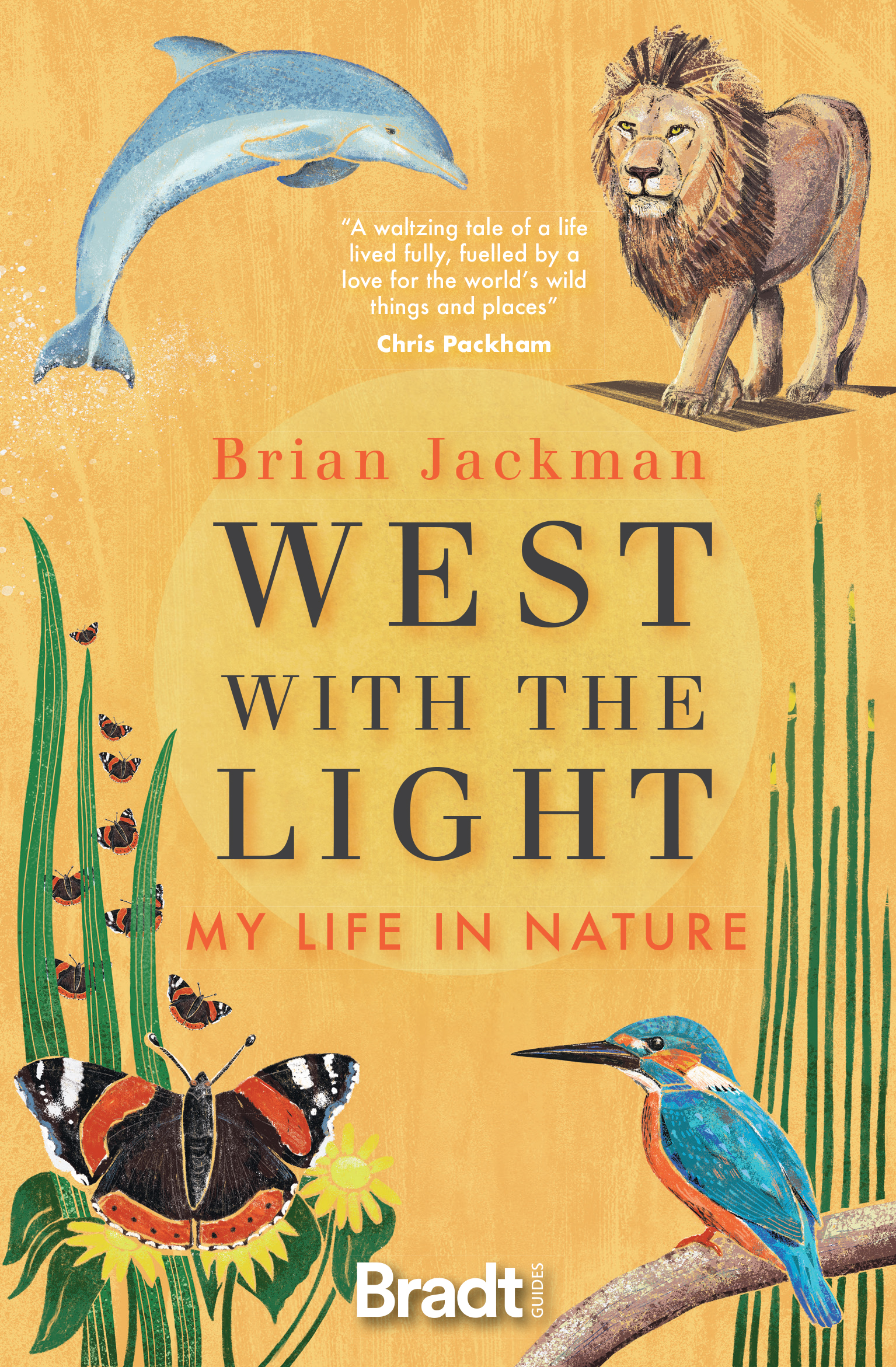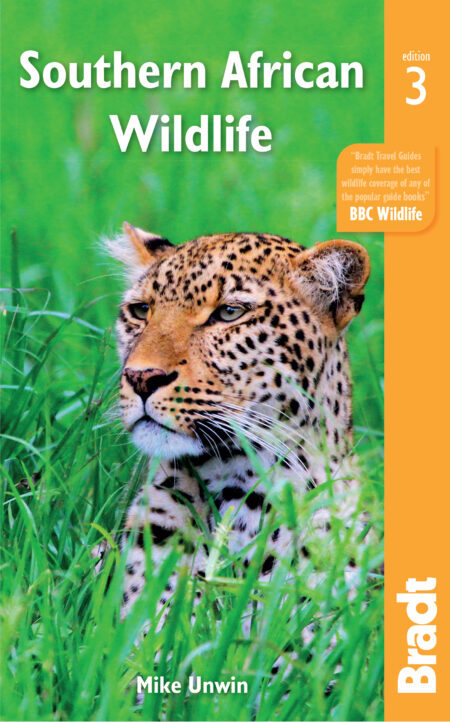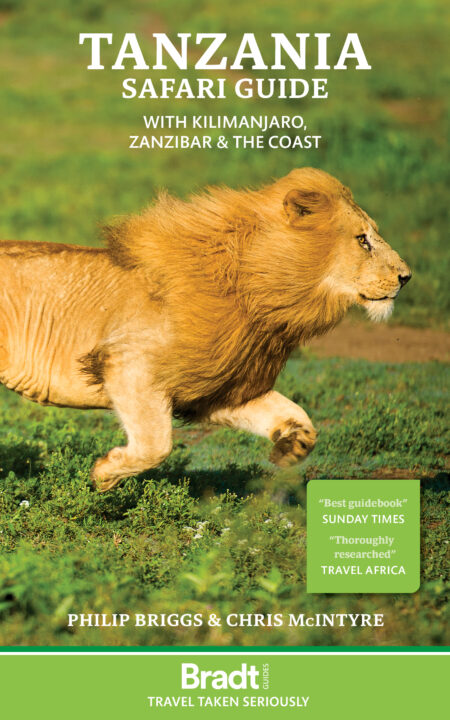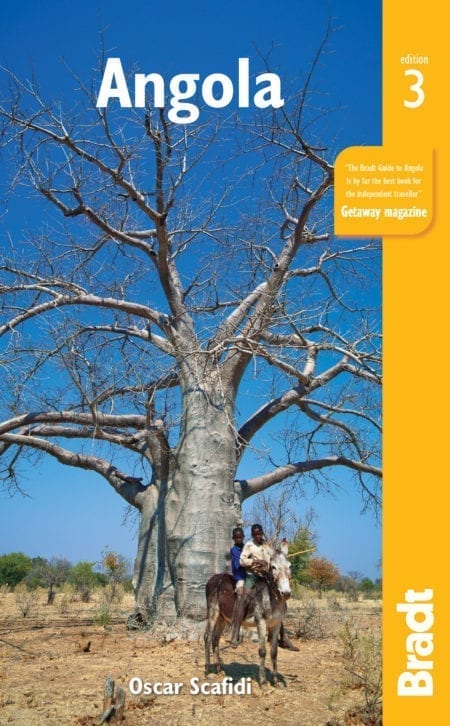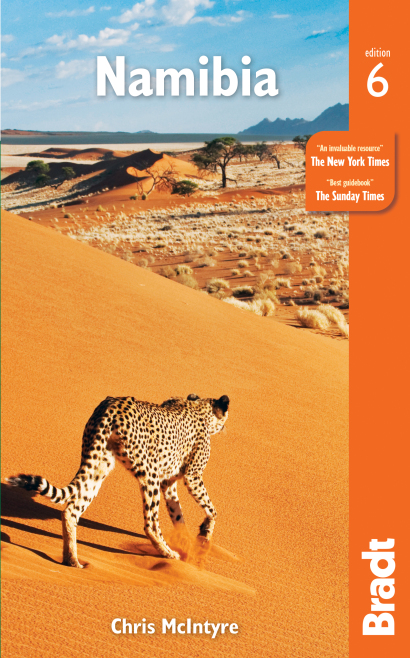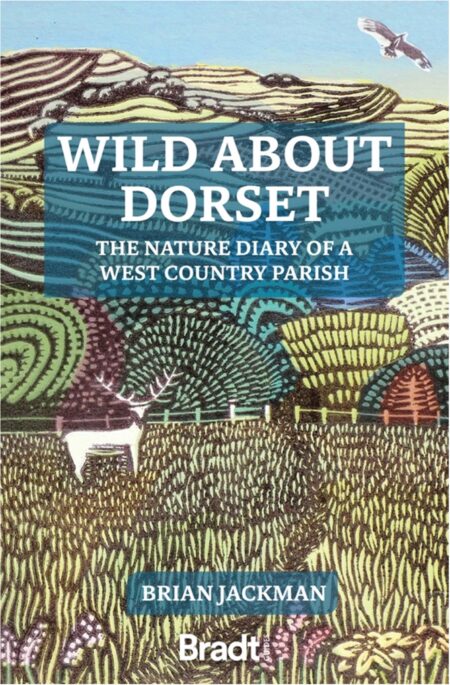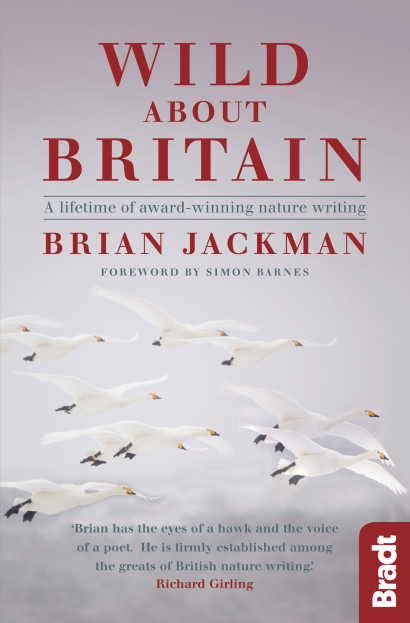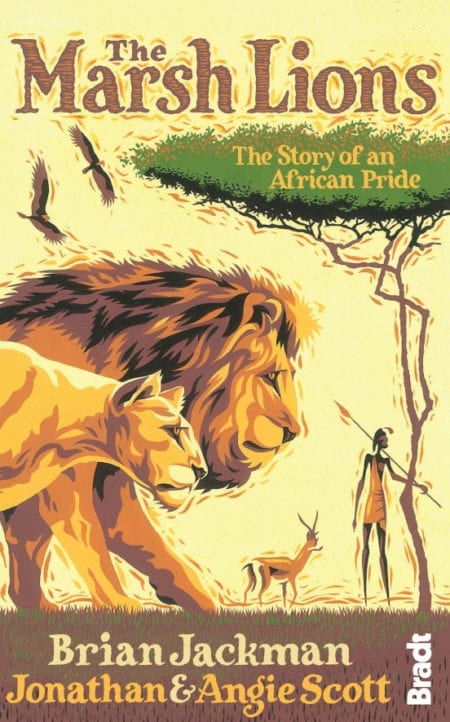West with the Light
My Life in Nature
by Brian JackmanWest with the Light biography – autobiography of Brian Jackman, one of the UK’s best loved travel and wildlife writers, from childhood memories of the Blitz to Fleet Street journalism and a life-long love affair with Africa. George Adamson, Jonathan Scott and Saba Douglas-Hamilton all feature.
Size: 130 X 198 mm
Edition: 1
Number of pages: 256
About this book
‘Don’t send him to Torremolinos; it’s not his kind of tundra.’
Such was the mantra of The Sunday Times when considering assignments for Brian Jackman, for whom deserts, rain forests and mountain ranges have always been more enticing habitats.
After decades spent travelling and writing about the places and wildlife that have inspired him, one of the world’s most experienced naturalists has turned his focus onto the story of his inspirational life. ‘This is no ordinary autobiography’, he says. West with the Light sweeps through Jackman’s wartime evacuation, grammar school, Soho jazz clubs of the ’50s and the navy to a career in travel journalism to which his first marriage gave way before he found a new, true and more lasting love that abides to this day in his beloved rural Dorset.
Beginning with memories of Edwardian London and the growth of suburbia, it provides a vivid portrayal of post-war travel and the rise of a new sort of tourism – ecotourism – set against the background of the most turbulent decades the world has ever known. Through it all shines Jackman’s lifelong love of nature, instilled by childhood holidays in the West country and the stories that led to his passion for Africa and the big cats that that still walk through his life and dreams.
Rippling across continents with Jackman’s natural charm and hallmark stylish prose, his recollections include lively first-hand encounters with pioneering wildlife conservationists like George and Joy Adamson, Iain and Saba Douglas-Hamilton, Richard Leakey, Gavin Maxwell and Jonathan Scott.
Travellers, wildlife enthusiasts, writers and anyone with a love of adventure will adore this book.
Before ordering ebooks from us, please check out our ebook information.
About the Author
Brian Jackman is an award-winning journalist and author, a pioneer of ecotourism best known as Britain’s foremost writer on African wildlife safaris. Having survived the Blitz and two years as an evacuee in WW2 he worked his way from Fleet Street messenger boy to The Sunday Times. There he spent 20 years travelling the world before leaving to freelance from home in his beloved Dorset, and despite his burning passion for Africa he still returns every year to Cornwall, where his love for the natural world first began in the 1930s.
Reviews
“Evocative, personal and authoritative, with terrific pace and narrative flow – everything a reader could ask for. Jackman at his very finest.”
Richard Girling, author and environmental journalist
“There is love on every page. I was borne along with it on a warm current of beautiful writing.”
Peter Hughes
“A beautifully written book”.
Tony Fitzjohn
Additional Information
Table of ContentsPART ONE
SUNSHINE AND SHADOWS
PART TWO
TO AFRICA AND BEYOND
PART THREE
THE GIRL WITH THE NORTH SEA EYES
EPILOGUE
